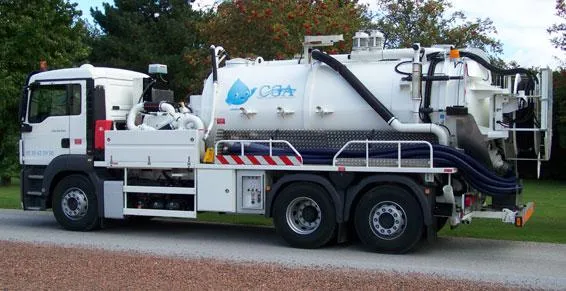As winter approaches and temperatures drop, it’s crucial to equip your vehicle with the right set of winter tires to ensure safe and confident driving on snow-covered and icy roads. Winter tires are specifically designed to provide optimal traction, handling, and braking in cold weather conditions. In this informative blog, we will explore winter tires in detail, discussing their features, benefits, considerations, and why they are an essential investment for winter driving.
- Understanding Winter Tires: a) Purpose and Design: Winter tires are engineered to deliver superior performance in cold temperatures, providing excellent grip on snow, ice, and slush. Their unique tread pattern and rubber compounds allow for enhanced traction and control. b) Tread Design: Winter tires have deeper tread grooves and more biting edges, which help evacuate snow and slush, maintaining contact with the road and improving traction. c) Rubber Compound: Winter tires are made of a specialized rubber compound that remains flexible in cold temperatures, ensuring better grip on icy surfaces.
- Benefits of Winter Tires: a) Enhanced Traction: Winter tires provide superior traction on snow and ice, allowing for shorter braking distances and improved handling in wintry conditions. b) Safety: The enhanced grip of winter tires reduces the risk of skidding and sliding, promoting safer driving in cold weather. c) Performance in Cold Conditions: Winter tires maintain their performance and effectiveness even in extremely low temperatures, ensuring optimal control and confidence on icy roads.
- Considerations When Choosing Winter Tires: a) Tire Size and Specifications: Refer to your vehicle’s owner’s manual or consult a tire professional to determine the correct tire size, load rating, and speed rating recommended for your specific vehicle. b) Severe Winter Conditions: Consider the severity of winter weather in your area. If you frequently encounter heavy snowfall, icy roads, or freezing temperatures, dedicated winter tires are essential for maximum safety and performance. c) All-Wheel Drive (AWD) or Four-Wheel Drive (4WD) Vehicles: While AWD or 4WD systems improve traction, they do not substitute for the enhanced grip and braking capabilities provided by winter tires.
- Finding Winter Tires: a) Local Tire Shops: Local tire shops often stock a wide selection of winter tires. Visit their websites or contact them directly to inquire about availability and options. b) Online Retailers: Explore online tire retailers that offer a range of winter tires. Read customer reviews and check their reputation before making a purchase. c) Recommendations: Seek recommendations from friends, family, or local automotive enthusiasts who have experience with winter tires in your area.
- Proper Maintenance and Care: a) Installation: Ensure winter tires are installed on all four wheels to maintain balanced handling and stability. b) Regular Inspections: Monitor the tread depth regularly. Replace winter tires when the tread wears out to maintain optimal traction and performance. c) Seasonal Rotation: Consider rotating winter tires for more even wear, enhancing their lifespan.
Conclusion: Winter tires are a critical investment for safe and confident driving during the cold winter months. With their specialized design, tread pattern, and rubber compounds, winter tires deliver superior traction and control on snow and ice. Consider the severity of winter weather in your area and the specific needs of your vehicle when choosing winter tires. Prioritize safety and performance on wintry roads by equipping your vehicle with high-quality winter tires. Stay in control and drive with confidence this winter season.




